Let Yourself Be Advised, Drink Helles
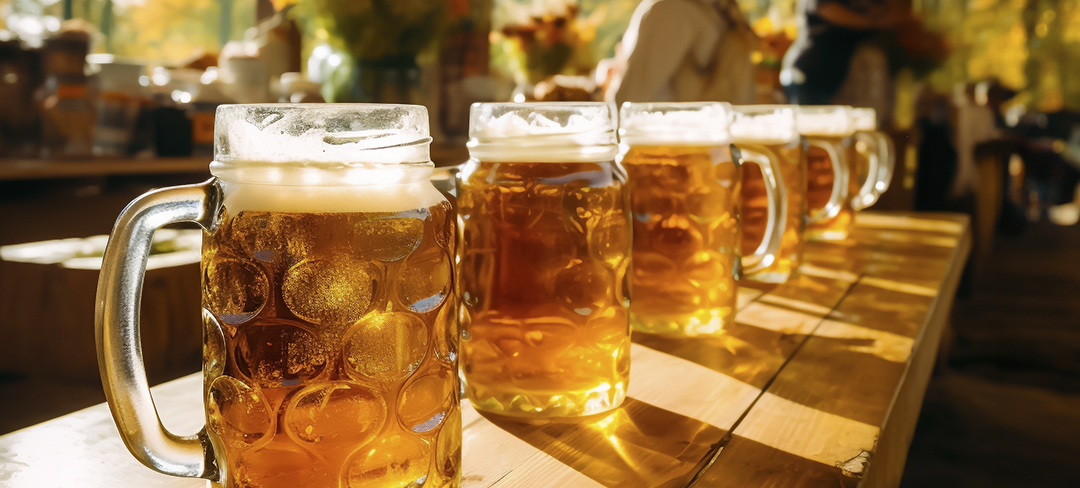
Coca-Cola was first sold in bottles in Vicksburg, Mississippi, on March 12, 1894. Just nine days later on March 21 of the same year, the Spaten Brewery of Munich, Germany, debuted something quite different: The world’s first Helles lager.
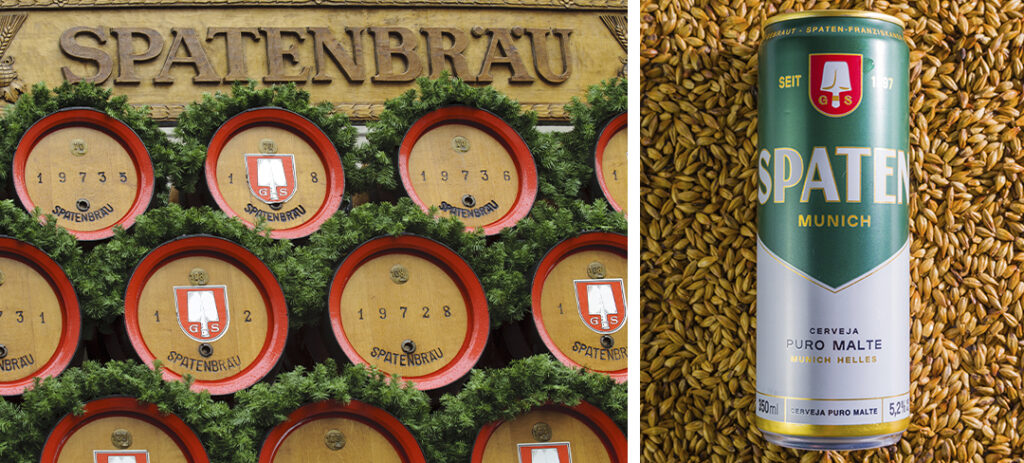
Today Coca-Cola claims to sell over 1.9 billion servings of their dark soft drink each day. While that certainly sounds impressive, Bavarian beer garden visitors (and most brewers) are smiling about something else. Something pale gold with malty sweetness, clean hop bitterness, and nary a trace of high-fructose corn syrup. Something made of pure light.
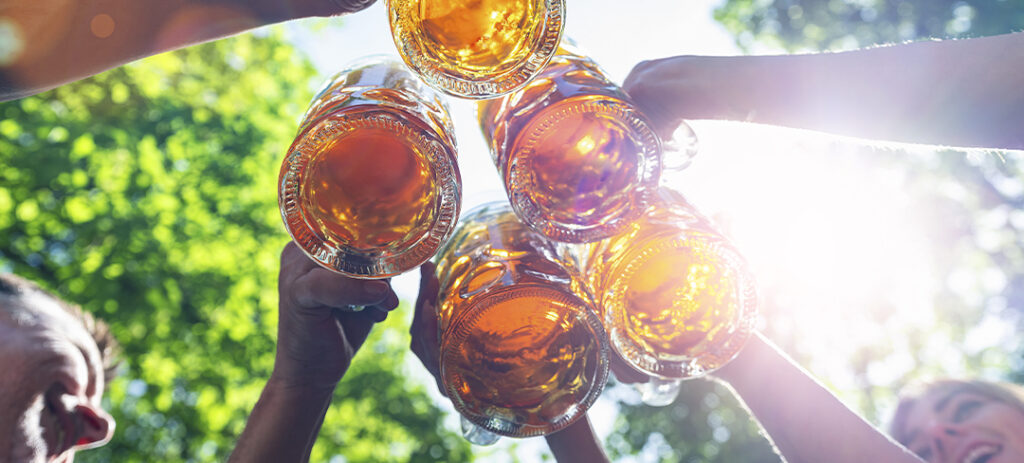
Let There Be Light
Helles, which literally means pale or light in German, is the everyday session beer of Bavaria (BeerandBrewing.com). It’s considered one of the key contributors to Gemütlichkeit. But Helles wasn’t always the locals’ preferred beer.
In fact, for centuries, darker Munich Dunkel lagers ruled the region in all their brown malty glory. Smooth, breadcrusty, and dry, these traditional dark wonders began to lose their footing only when pale Bohemian Pilsners appeared toward the end of the 19th century. Some Munich brewers resisted temptation and held fast to the traditional styles as long as they could. Others simply saw the light and started brewing Helles.
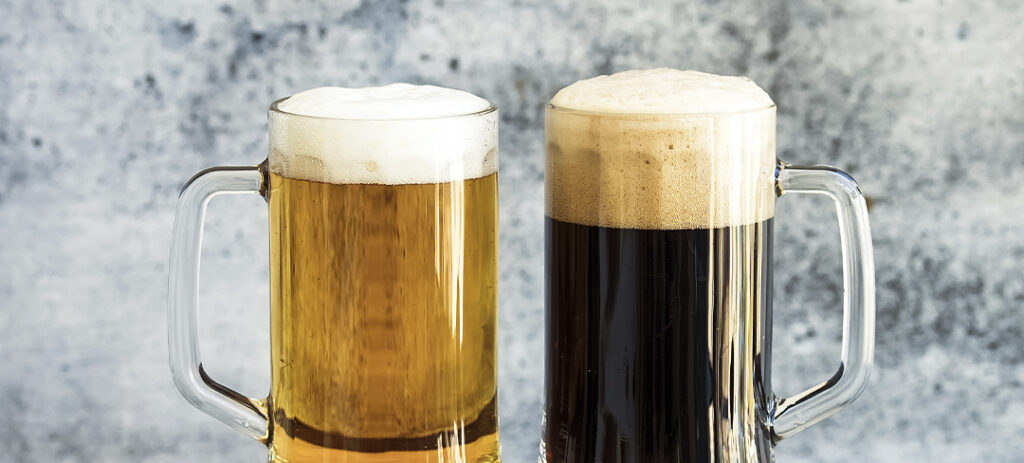
I Challenge You to a Duel, But Make it Beer
Spend enough time surfing obscure websites about traditional beer styles and you may discover a suspicious claim or two. This one says the old Bavarian justice system required complainants to settle their disputes by drinking obscene amounts of beer together. Presided over by a Burgermeister, a sheriff, and a bailiff, the drinkers would sit down and consume beer for three unbroken hours. Stand up or stumble, you lose!
A Pils Malt Showcase
Pouring in a gorgeous golden hue, the Munich Helles is lower in bitterness than its relative the Bohemian Pils. It also offers more body and presence. Brewed to highlight clean, bready malt flavors and the subtle underlying spiciness of floral hops, its ABV ranges from 4.7 to 5.3%. Its soft dry finish should allow a smooth, grainy sweetness to linger, the way lilacs blooming in the springtime might remind you of falling in love long, long ago.

Commercial Examples
- Bierstadt Helles (Denver, CO)
- Russian River Velvet Glow (Santa Rosa, CA)
- Utepils Helles (Minneapolis, MN)
- Giesenbräu Hildy’s Helles (New Prague, MN)
- Weihenstephaner Original (Freising, Germany)
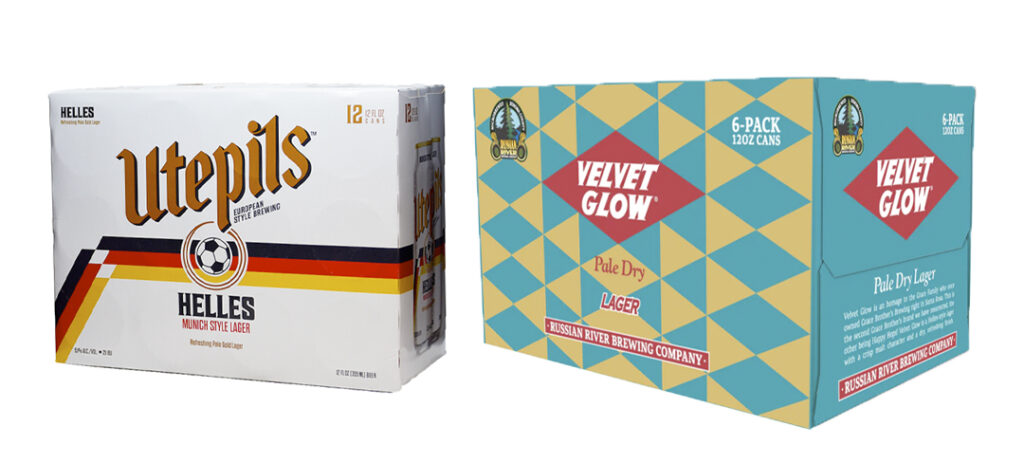
Ingredients
Malt
Weyermann® Barke® Pilsner Malt – Perfect for creating an authentic Bavarian Helles, Weyermann® Barke® Pils boosts body, mouthfeel, and malt aroma. Malty-sweet with notes of honey, it’s efficient and excellent in filtration.
Weyermann® Barke® Vienna Malt – Known for its golden color and smooth profile, Vienna contributes to a full-bodied beer with intensely malty-sweet notes of honey and hazelnut.
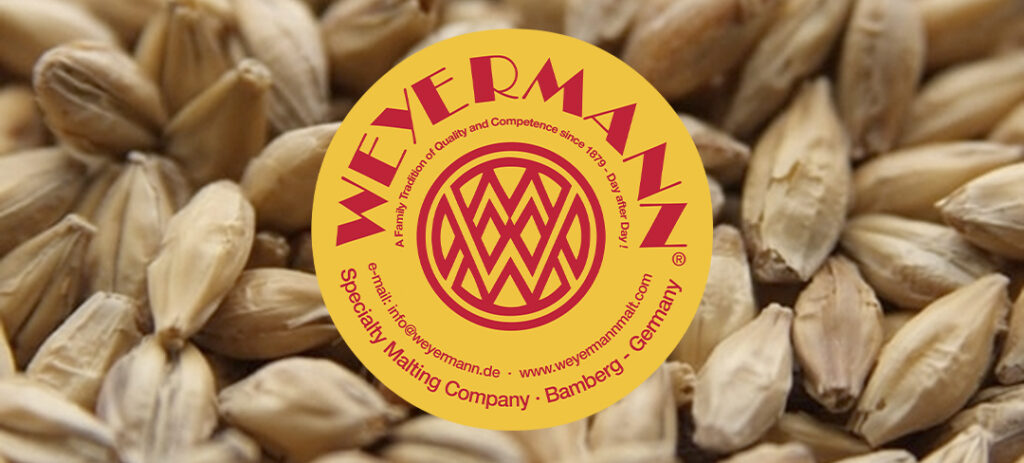
Hops
German Hallertau Magnum – Known for contributing smooth, clean bitterness, its high alpha content makes it great for early boil additions. When used late in the boil, expect mild fresh flower and fruit aromatics.
German Hallertau Mittelfrüh – Considered by many to be the epitome of Noble hops, Hallertau Mittelfrüh is mild and approachable with an herbal, earthy profile. Sweet spices mingle with new-mown hay.
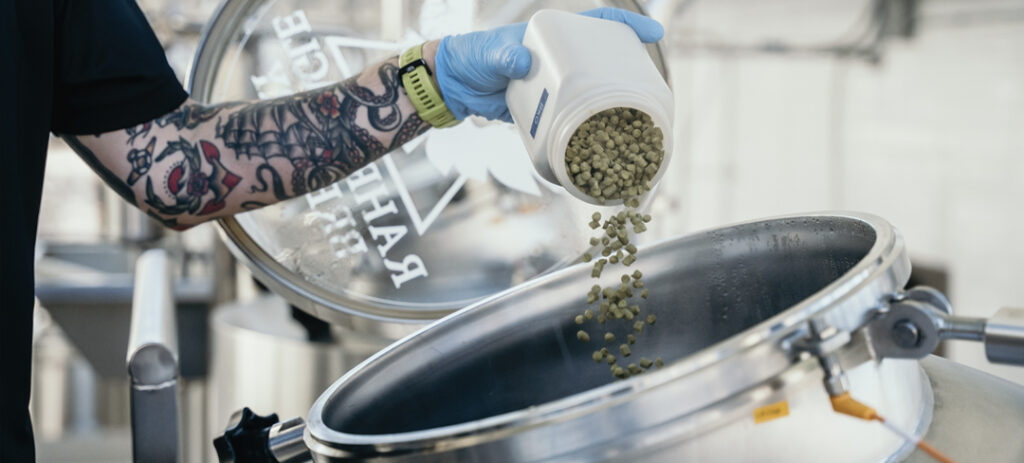
Yeast
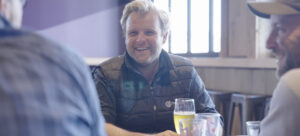 “It all comes down to style,” says Olaf Morgenroth, Head Brewer at Fermentis. “For me, a Helles has a relatively clean fermentation profile. You want to accentuate the malt flavors. For yeast, I’d recommend something clean like W-34/70. It’s one of the most robust yeast strains on the market. It handles warmer temperatures very well and always produces clean, consistent results. I enjoy making German style lagers and this yeast is great for it.” More tips from Olaf include:
“It all comes down to style,” says Olaf Morgenroth, Head Brewer at Fermentis. “For me, a Helles has a relatively clean fermentation profile. You want to accentuate the malt flavors. For yeast, I’d recommend something clean like W-34/70. It’s one of the most robust yeast strains on the market. It handles warmer temperatures very well and always produces clean, consistent results. I enjoy making German style lagers and this yeast is great for it.” More tips from Olaf include:
“Make sure to put in a diacetyl rest at the end, because you want it to be as clean as possible.”
“We’ve brewed with this yeast a lot. In terms of ester profile, it can handle slightly warmer temperatures. This allows a slightly fast fermentation time, too. That’s an issue for a lot of brewers – it takes a long time to make a lager.”
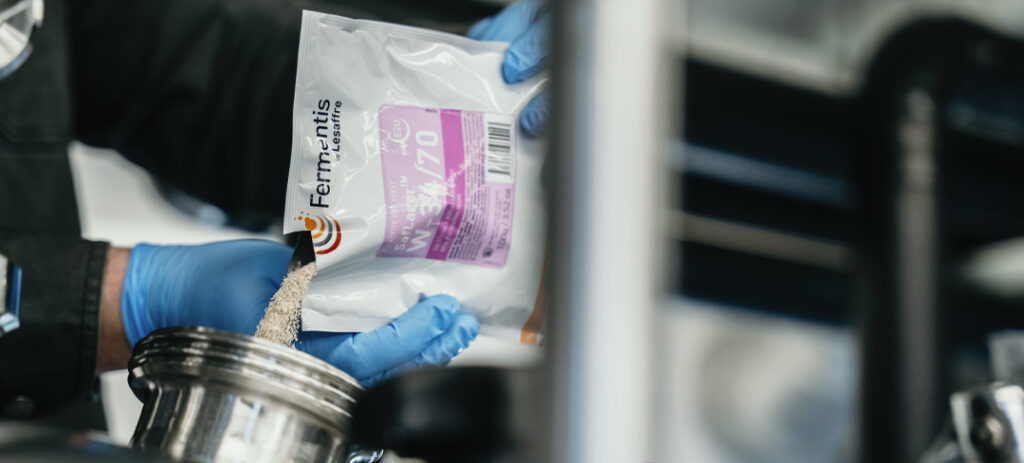
“In terms of water profile, I’d recommend adding calcium and aiming for the 50 bpm mark. Just to help with sedimentation and flocculation as well.”
Jake Thompson, Assistant Brewer at the Rahr Technical Center echoes that. “Dialing in the calcium can help accentuate the maltiness. You want a little body leftover to make this beer distinct from a Pils. And don’t overhop.”
“Breweries can go too far with hops,” agrees Brewer Sean Tynan. “We do Magnum hops in the boil and enriched pellets of Hallertau Mittelfrüh after that. Noble hops only.”
Other than that, “Focus on hitting your initial gravity and your final gravity,” says Jake. “Perfect the process, watch out for diacetyl, and drink Helles with everything you eat.”
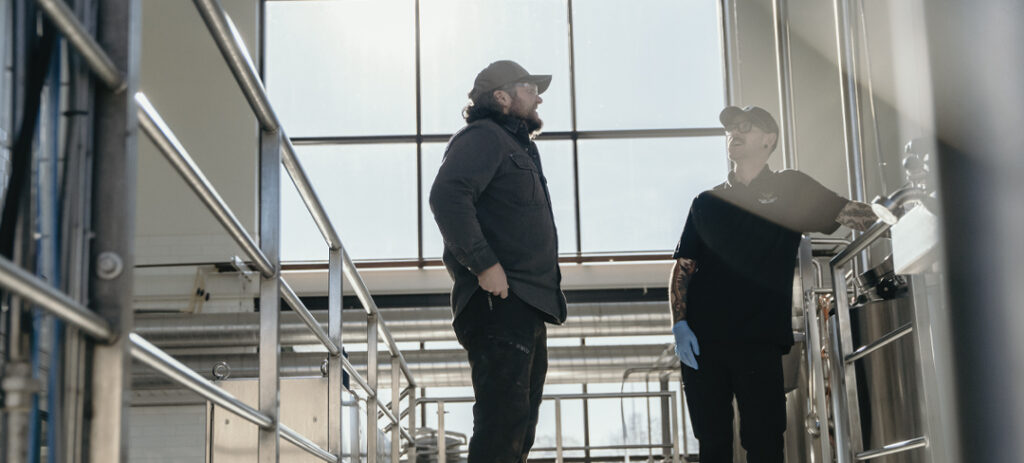
What the Helles everyone waiting for? Contact RahrBSG and get mashing.
Resources
https://beerandbrewing.com/dictionary/LAJp2DvaHt/
https://beerandbrewing.com/dictionary/ryAeFpzYYH/
https://beerandbrewing.com/dictionary/JE21QkzMmR/
https://www.beeradvocate.com/articles/2434/munich-helles-youll-know-it-when-you-taste-it/